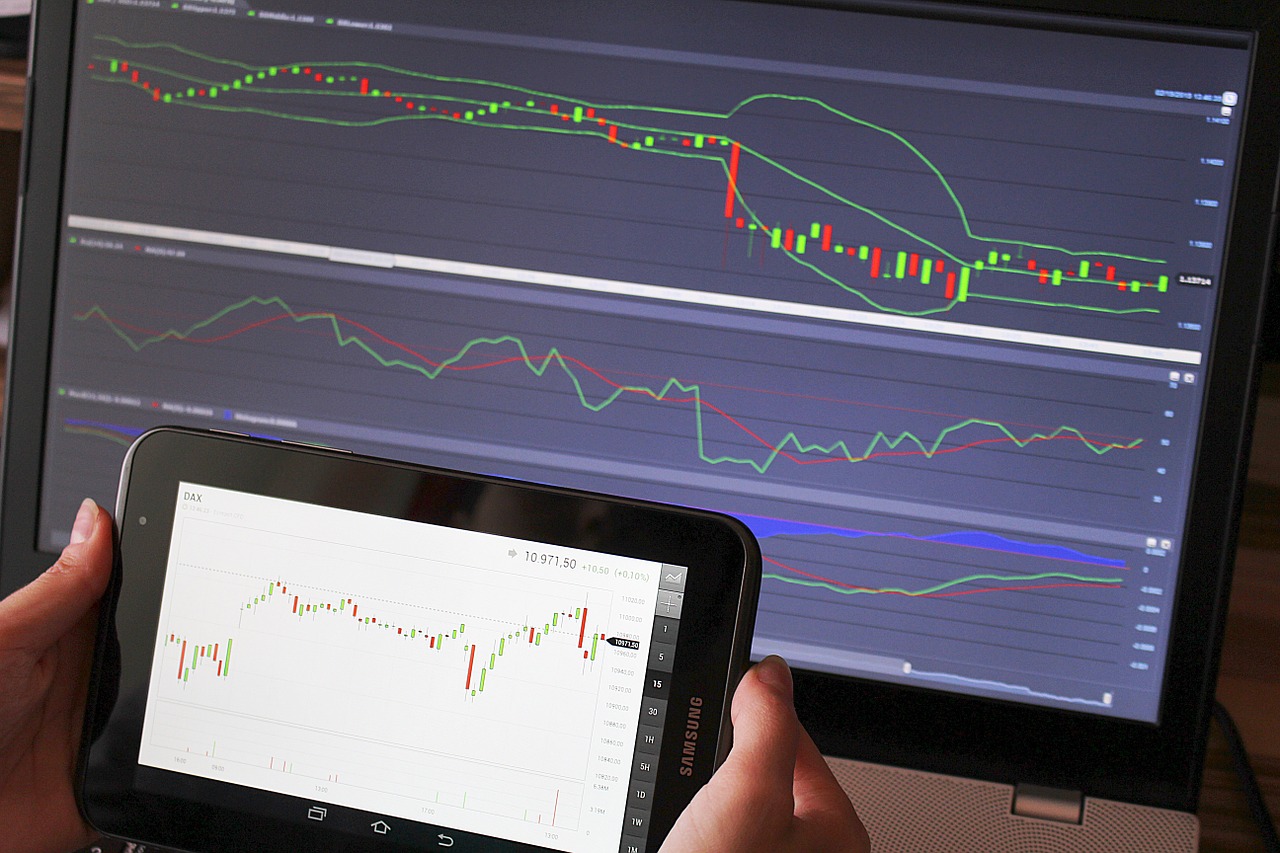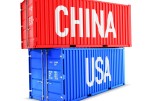BLI: Navigating trade tensions and tariffs uncertainties
BLI: Navigating trade tensions and tariffs uncertainties

Trade wars may no longer dominate headlines, but the risks remain very real. In this article, we examine how companies differ in their exposure - and how a focus on pricing power and business fundamentals helps us navigate this evolving landscape with discipline and clarity.
While the tariff threats announced by President Trump in April may no longer dominate headlines, the topic is far from closed. Behind the scenes, trade negotiations between countries continue to unfold, and the underlying risks have certainly not disappeared. With Trump's unpredictable approach to global policy, the possibility of a renewed trade war cannot be ignored.
In this environment of heightened geopolitical tension and macroeconomic uncertainty, visibility remains low. As asset managers, this calls for a disciplined return to fundamentals. Rather than attempting to forecast the next policy twist or market reaction, we believe the most effective strategy is to focus on what we can control: a deep, bottom-up analysis of the companies in our investment universe. Our objective is to identify high-quality businesses, particularly those with the pricing power and operational resilience to protect their margins in the face of potential trade disruptions.
Over the past few months, to better navigate this environment, BLI’s fund managers and analysts have revisited our portfolio holdings with this lens, assessing the degree to which each company may be exposed to the risks of a renewed trade conflict. Holdings were classified into lower and higher impact categories, depending on the alignment (or misalignment) between production and consumption, and the degree of exposure to cross-border trade.
Lower-risk companies: localized production and consumption
Companies with tightly aligned supply chains and customer bases are naturally insulated from tariff shocks. Prime examples would include Kweichow Moutai, which produces and sells its spirits almost entirely within China, or Kobe Busan, a Japanese food supermarket chain that sources and serves locally.
U.S.-based service providers like Rollins, which offers pest control without relying on imports, also fall into this category.
Service-oriented companies, by definition, tend to be more locally rooted - firms like Accenture, which provides consulting services typically delivered by local teams, or Kone, the elevator manufacturer that generates a large share of its revenues from localized maintenance services, are similarly shielded. Even large multinationals such as Unilever, which typically manufactures products in the same regions where they are consumed, demonstrate a business model that is structurally resilient to trade barriers.
For these lower-risk businesses, trade wars remain a peripheral concern rather than a fundamental threat to their operations.
Higher-risk companies: global misalignment and U.S. dependence
At the other end of the spectrum are companies based in the U.S. or companies with significant exposure to the U.S. market but without local production capabilities—making them particularly vulnerable to tariffs and trade friction.
U.S.-based multinationals such as Nike or Apple, which rely heavily on overseas manufacturing while selling globally (and mostly outside of these production bases), illustrate this misalignment.
Similarly, American companies like brewer Constellation Brands, or medical device developer Masimo which import a significant share of their products to mainly serve U.S. consumers, are exposed to cost pressures when tariffs rise.
Non-U.S. exporters to the American market face the same risks; for instance, TSMC produces the bulk of its semiconductor chips in Taiwan but relies heavily on major U.S. clients such as Apple and Nvidia. Techtronic Industries - a leading power tools manufacturer with the vast majority of its sales stemming from the U.S. and production bases solely located in China and other emerging markets - also faces more acute challenges to its business model.
This vulnerability similarly extends to European luxury brands and alcoholic beverage producers like Hermès, LVMH or Diageo that export to the U.S. and depend on cross-border trade to reach American consumers.
The critical role of price makers in higher-risk companies
At BLI, our methodology focuses on identifying price makers - companies with the pricing power to protect margins and sustain demand - even when geopolitical and economic pressure mounts.
In the higher-risk category and in light of the growing pressures on these companies' business models, we have been actively reassessing our holdings’ competitive advantages - focusing in particular on their ability to pass increased input costs, such as tariffs, on to end consumers.
True pricing power stems from multiple structural advantages that create barriers to customer defection and enable companies to maintain margins even under pressure.
- Brand strength and customer loyalty form the foundation - a luxury brand such as Hermès has cultivated such strong emotional connections with consumers that price increases often have minimal impact on demand;
- Switching costs represent another powerful moat, where customers face significant inconvenience, risk, or expense when changing providers, as seen with enterprise software companies like Microsoft;
- Network effects create self-reinforcing value propositions where the product becomes more valuable as more users adopt it - think of platforms like Visa or MasterCard, where merchants need access to cardholders and vice versa;
- Economies of scale allow market leaders to operate at lower unit costs than competitors, enabling them to either maintain superior margins or undercut rivals to gain market share;
- Finally, through innovation and technology leadership, a company like ASML commands premium pricing through their cutting-edge capabilities in semiconductor manufacturing that competitors cannot easily replicate.
And these competitive advantages sometimes combine to offer companies even greater protection in uncertain environments. For instance, Apple, while exposed to tariffs, has proven it can raise prices and retain customer loyalty over time due to its tightly integrated ecosystem and brand strength. Similarly, TSMC’s economies of scale combined with a near-monopoly in cutting-edge semiconductor fabrication give it strategic leverage with clients who have few alternatives.
Such higher margin businesses need to increase selling prices only marginally to offset tariff-related input cost increases. Since tariffs apply to the cost of goods sold and not to the final retail price, the relative impact on their end pricing is muted - allowing them to maintain both margins and brand positioning with limited risk to demand.
So, there is a clear distinction to be made: not all companies impacted by tariffs will suffer in the same way. When faced with rising trade barriers, companies generally have two choices - either absorb the additional costs and accept margin compression, or raise prices and risk a decline in sales volume. Price makers usually go for the second option, knowing that their customers will pay a premium for their products or services and that therefore the negative impact on their volumes will most likely be short-lived.
Conclusion: knowing our holdings to strengthen portfolio resilience
As we enter an era marked by unpredictable trade policies and rising geopolitical tensions, understanding how each portfolio holding may react to trade tension scenarios is critical. For this we have contacted key holdings to gather further details and consulted research reports in light of this theme. However, what is also evident is that while the landscape is uncertain for us asset managers, it is equally so for the companies themselves and the exact impact on their supply chains. Investors therefore must be more selective than ever about the companies they choose to hold.
At BLI, our approach is not to avoid risk altogether, but to understand and price it correctly. These evolving dynamics have prompted us to make targeted adjustments to our portfolios—ensuring that our holdings remain concentrated in businesses with genuine pricing power and the resilience needed to navigate a rapidly changing global trade environment.








